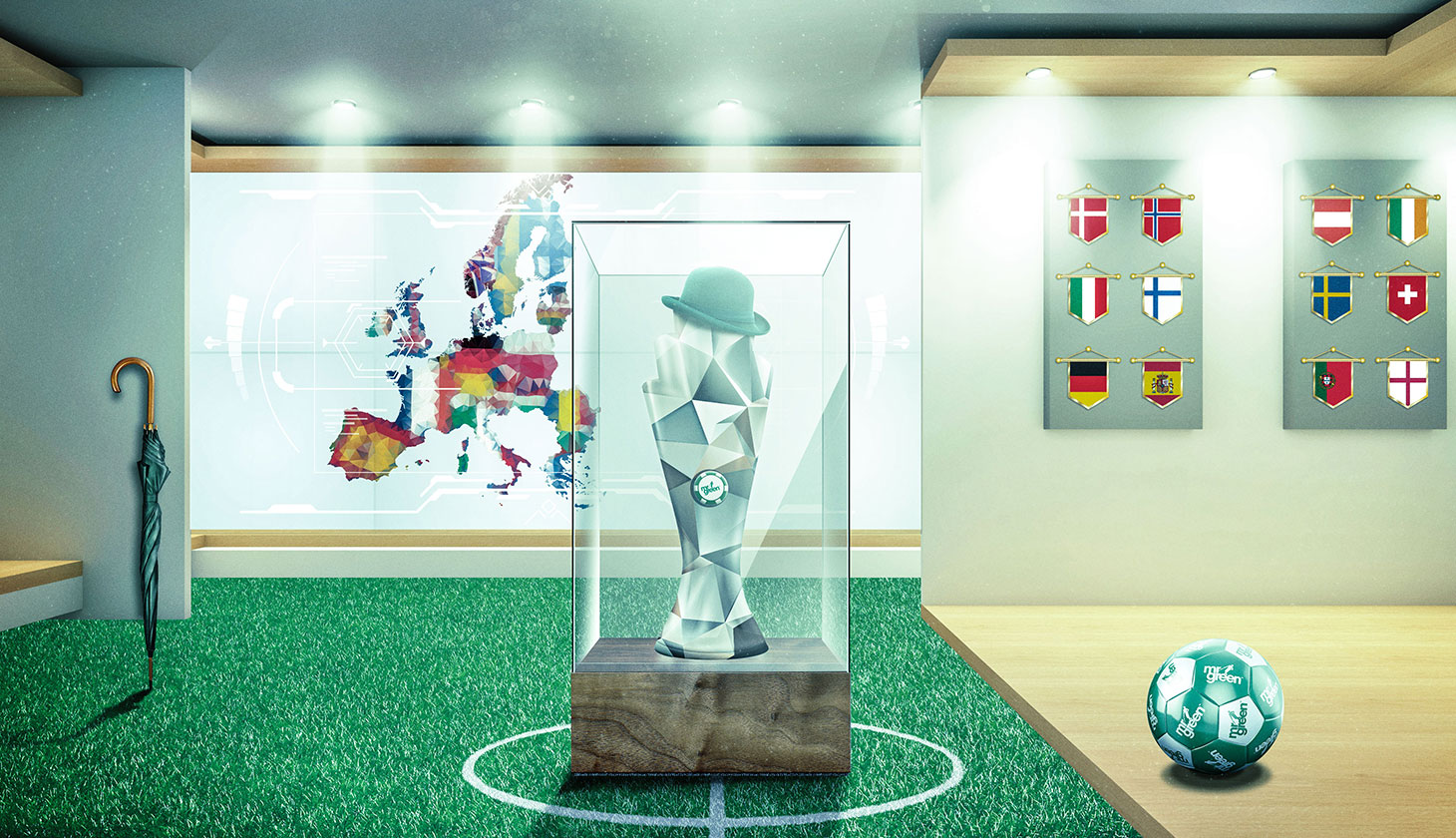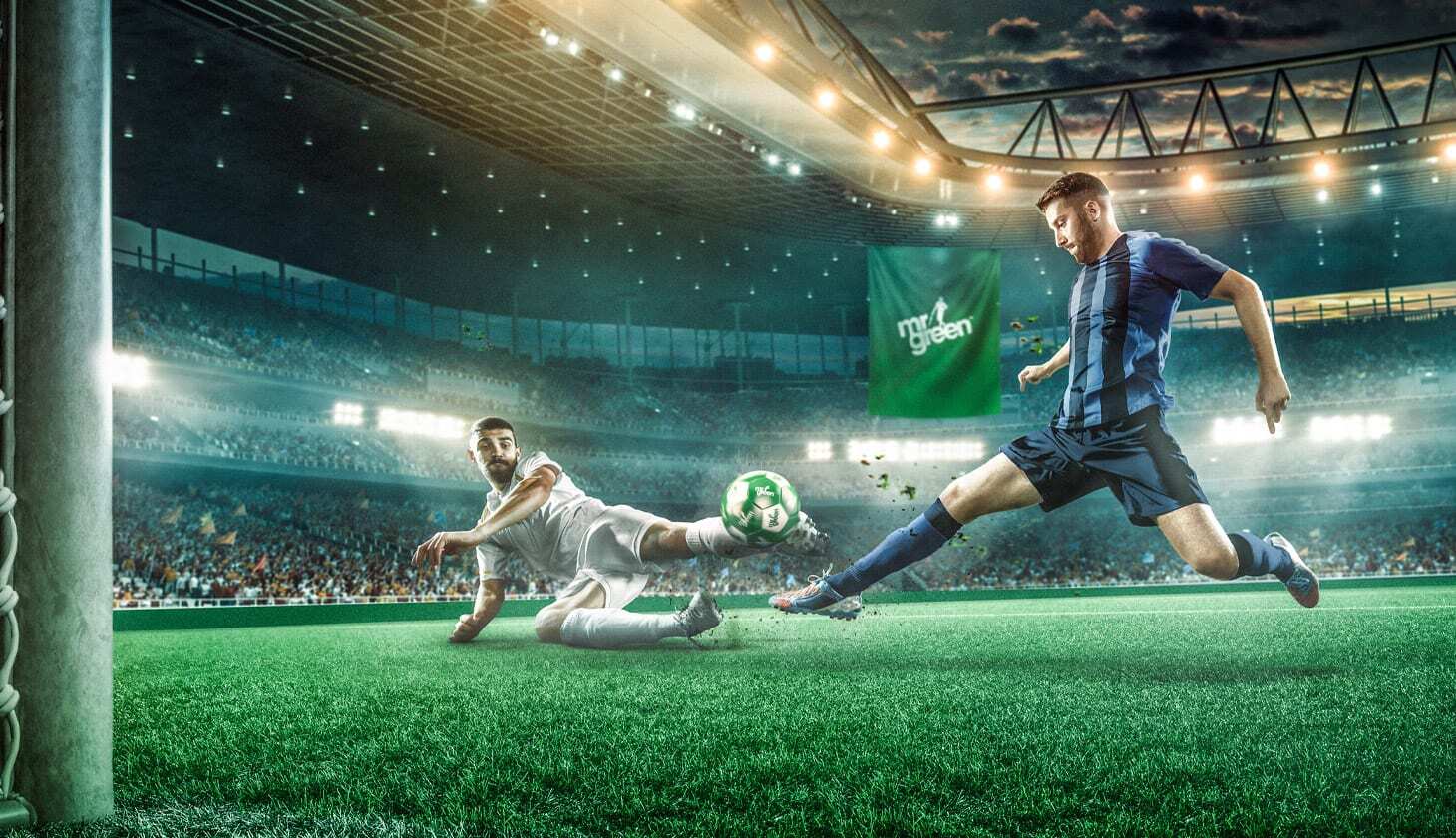UEFA Nations League: The What, How, and When

The inaugural match of the new UEFA Nations League debuted on the 6th of September, 2018, with 9 different teams competing under the umbrella of the 4 new leagues. The major shake-up to international football teams was met with an initial dose of confusion, and while the aim of the UEFA Nations League is purportedly to reduce the amount of meaningless international friendlies, the competition is not without controversy. Here’re all the ins and outs of the UEFA Nations League to set you up for November.
What is it?
As early as 2011, UEFA was looking to streamline international football in Europe, and particularly to address the issue of the months-long slog of international friendlies.
International friendlies, also known as ‘exhibition games’, take place throughout the year, with teams playing anywhere upwards of 6 matches for what has been called a ‘meaningless’ competition.
International friendlies typically do not lead to qualifying in one of the major league competitions, and typically serve as a way for teams to test out new tactics and players without the risk.
Players tend to under-play, rather than risk injury or burning out, putting their entire team at jeopardy during an important league match. International friendlies can even skew results such as the FIFA rankings, who considered England’s multiple friendly matches a detriment for this year’s World Cup.
The UEFA Nations League was approved in 2014 during the UEFA Congress in Astana.
How does it work?
Initial views of the plan for the UEFA Nations League attracted a lot of confusion, with long-time football fans, coaches, and managers expressing their dislike for the UEFA Nations League format. On paper, all 55 UEFA members will be split into four divisions and three stages.
In its inaugural year, the four leagues will determine and decide the relative team strength of the competing teams, dependent on the UEFA coefficients, similar to the FIFA world rankings.
League A will show the 12 highest ranked teams; League B will be the second-highest ranked, and League C and League D will consist of 15 and 16 teams respectively with weaker rankings and standings according to the UEFA rankings. The Leagues are then further split as follows:
- League A and League B will have four groups of three teams each.
- League C will have one group with three teams, and three groups with four teams.
- League D will have four groups of four teams each.
Teams will play both away and home matches, and victors of League B, C, and D will move up the rankings, whereas bottom-of-the-leaguers in A, B, and C are relegated to a lower ranking.
Therefore, if a League B team emerges victorious at the end of all home and away matches, the team automatically moves into League A for UEFA Nations League 2020. Similarly, a team that ends up at the bottom of the league in League B will move to League C in UEFA 2020.
The only guaranteed successors will be the four winners of League A, which will be granted a place in the ‘Final Four’ competition in June 2019. This will consist of 2 semi-finals determined by a random draw, as well as the final. All three matches will take place away, in a neutral country, and the winner will become the first victor of the UEFA Nations League.
The teams that win in each of the four groups – therefore, League A, B, C, and D – will be offered a ‘second chance’ place at the Euro 2020 Championship Qualifiers, the biggest international competition in Europe. The final four spots for the EURO 2020 Qualifiers will only be filled with teams that qualified through the Nations League, therefore giving a chance to lower-ranked teams to play in the European Championship.
The idea is that the winners of each of the League’s groups will go through semi-finals and a final, and only the successors of each mini-tournament will move on to Euro 2020. However, if one of the winners of League A, B, C, or, D has qualified for Euro 2020 through the normal qualification process, the spot at the semi-finals and the finals will be given to the next best team.
Why was it created?
Ultimately, the UEFA Nations League was devised for three reasons:
- To reduce the number of friendlies which stagnate the football calendar throughout the year
- To offer competing teams more meaningful and exciting competition, and greater opportunities to develop their skills
- To help lower-ranking teams in Europe branch out from their considerably low position within the UEFA coefficient.
By playing off low-ranked teams against each other, League C and League D can move on in the UEFA coefficient rankings, matching skillsets in order to address the skill imbalance of less-known and ‘new’ teams competing with the ‘big four’ teams of England, Germany, Italy, and France.
Why should I watch it?
The UEFA Nations League is poised to change international football for the foreseeable future: the stakes, for both the competing teams and the viewers at home, are higher than stakes for the international friendlies.
For the competing teams, the prizes are twofold: top-of-the-leaguers could win anywhere from €6m to €2.5m depending on placement in the overall UEFA Nations league, as well as anywhere from €2.25m to €0.75m in solidarity and bonus fees. In total, €76.25m will be paid out to the 55 teams participating in the UEFA Nations league. This is in addition to the Euro 2020 final four spots, an accolade which many teams would play for alone.
For viewers, the UEFA Nations League offers a more structured and meaningful competition. Teams will be playing at their best, given the importance and the prizes up for grabs, and therefore fixtures will be charged with energy.
Some surprising candidates have already made themselves known as early contenders for the prize – Iceland, for example, has qualified for League A alongside England, Germany, and Italy, and a wealth of other teams are coming to the surface within the new League rankings.
What now?
Head over to Mr Green now for the best odds & action!
Not a member? JOIN NOW for an epic Sportsbook Welcome Offer & Mr Green Specials.
——————————————————————-
Sources:
https://www.mirror.co.uk/sport/football/news/what-uefa-nations-league-explained-9695648
https://www.theguardian.com/football/2018/sep/05/nations-league-uefa-internationals
https://www.the42.ie/uefa-nations-league-3616810-Sep2017/
https://www.uefa.com/uefanationsleague/news/newsid=2563561.html
https://www.uefa.com/uefanationsleague/news/newsid=2079553.html?iv=true

